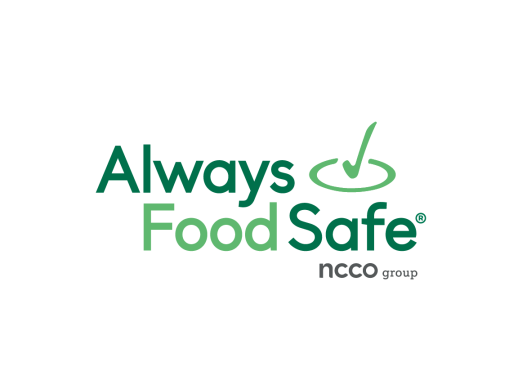As August turns into September every school-aged child begins to think, and probably worry about, if their friends will still be friends, if the course material will be too challenging, if their teachers will be nice, or if they’ll make that sports team they’ve been planning on trying out for.

 English
English
 Spanish
Spanish
